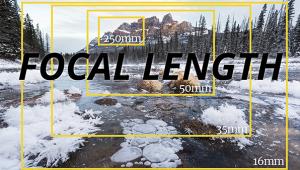How Slow Can YOU Go? A Simple Test To Check Your PSSI (Personal Stabilized Speed Index)
When it comes to long lenses and related gear, a new age has dawned. Wildlife, sports, and even landscape photographers can now enjoy the convenience of stabilized lenses to shoot handheld with longer lenses at slower shutter speeds. The result is sharper images overall, especially in low-light situations. Another advantage is that you can easily add extension tubes, tele-converters, and the like to increase the effective focal length or get closer to your subject. You'll find that using a stabilized lens with these add-ons can really make a difference in your shots.
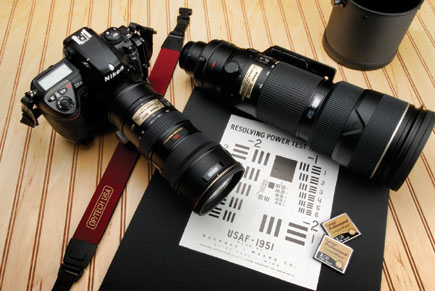 |
|
|
Many "digitally-dedicated" lenses benefit from a stabilization
function, due to the "multiplication factor" of the lens/sensor.
For example, when I use my Nikon D2X with the 70-200mm VR (Vibration Reduction)
at its longest setting complete with the 1.5x factor, it becomes an effective
300mm lens. If I add a 1.4x converter, that jumps me up to 420mm with one stop
less of light hitting the sensor. Add the 2x converter, I drop one more stop
to f/5.6, but I'm looking at a compact 600mm lens! Work handheld at that
focal length and the benefits of VR become obvious. Stabilization also comes
in handy when using close-up attachments, especially on long lenses, or for
any macro shooting work. Think of using a 70-200mm zoom that can focus as close
as 20" from the subject and you get the picture.
The claim for various stabilized lenses is that they can get you three, sometimes
four, stops of additional speed for handheld shooting. Typically you'll
use this to pick up shutter speed for handheld shooting. For example, say you
are shooting a long lens and the light, ISO setting, and aperture you need only
yields 1/60 sec. Pre-stabilization you'd be having some difficulty and
would have to boost ISO or give up some depth of field, if possible. Those three
stops could be used to shoot at 1/60 sec and results would be equivalent to
1/500 sec.
Stabilization Benefit |
|
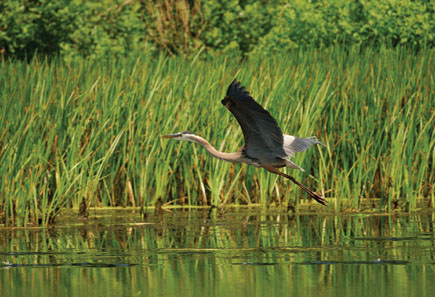 |
|
|
But like everything else in photography, how you work, your steadiness, and
the gear you choose might alter these optimum results. That's why I devised
this test you can use with your camera, your lens, and the way you hand hold
your camera. I call this test the PSSI, or "Personal Stabilized Speed
Index." It is a subjective test, but that's what it's supposed
to deliver, a personal range of effective stop pickups that works for you.
I decided to use a Nikon 70-200mm VR and a 200-400mm VR for the examples here.
I tested with and without extenders at lower than average shutter speeds. As
I tested it became obvious that the overall dimensions and the weight of the
lens can affect results. You certainly have to adjust to a heavier and longer
lens, here the 200-400mm. Good technique--bracing the lens against your
face, tucking your arms into your body--aids sharpness regardless of whether
a lens is in Stabilized mode or not.
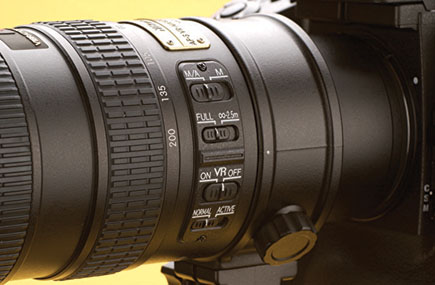 |
|
|
|
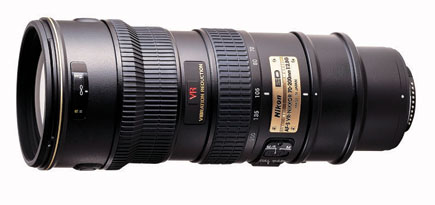 |
|
|
|
 |
|
|
- Log in or register to post comments















































